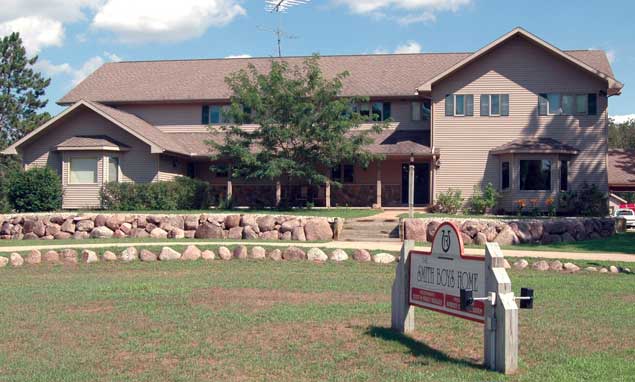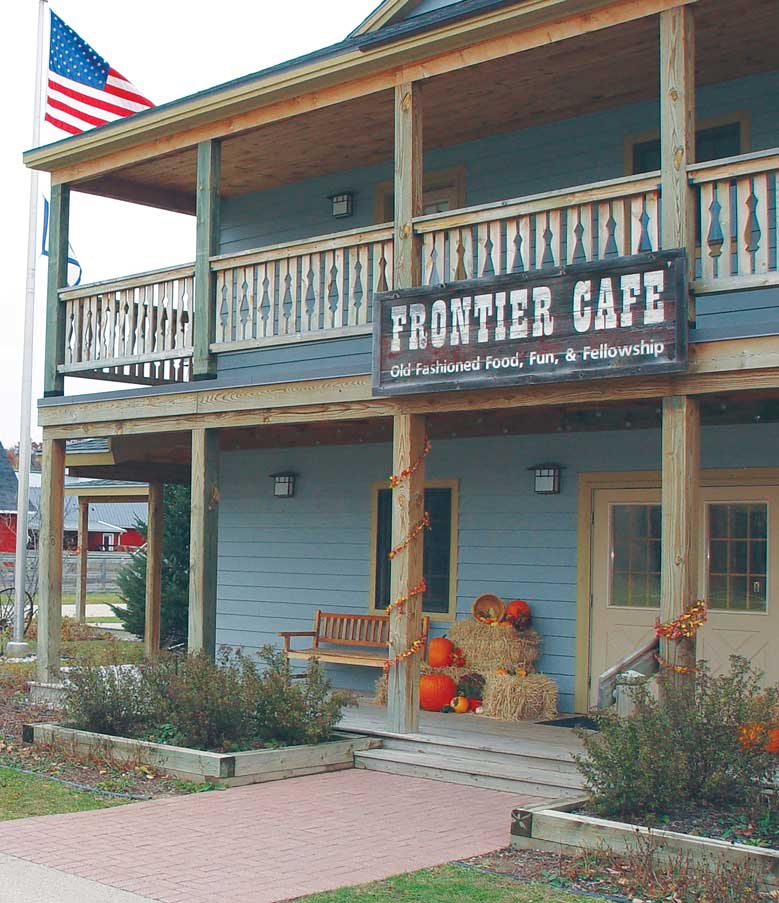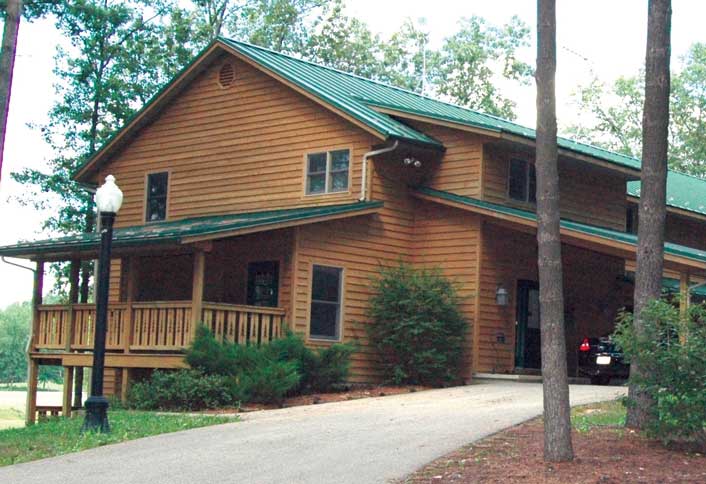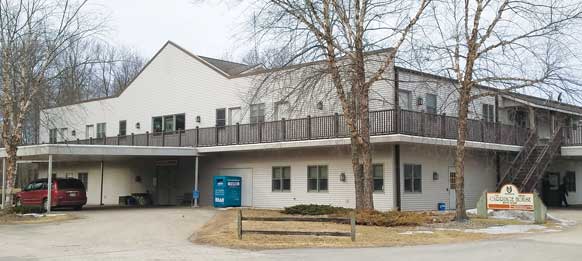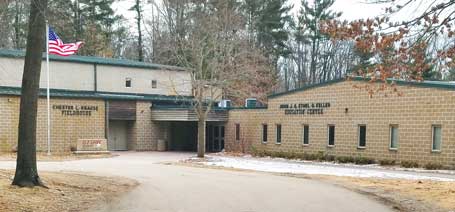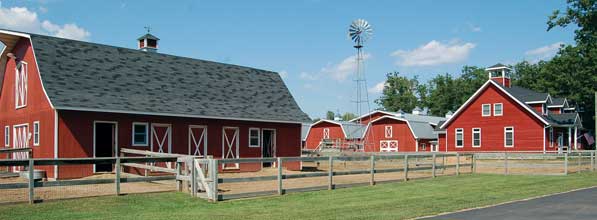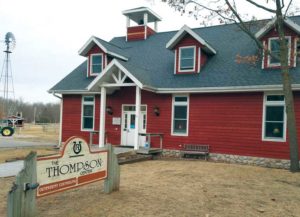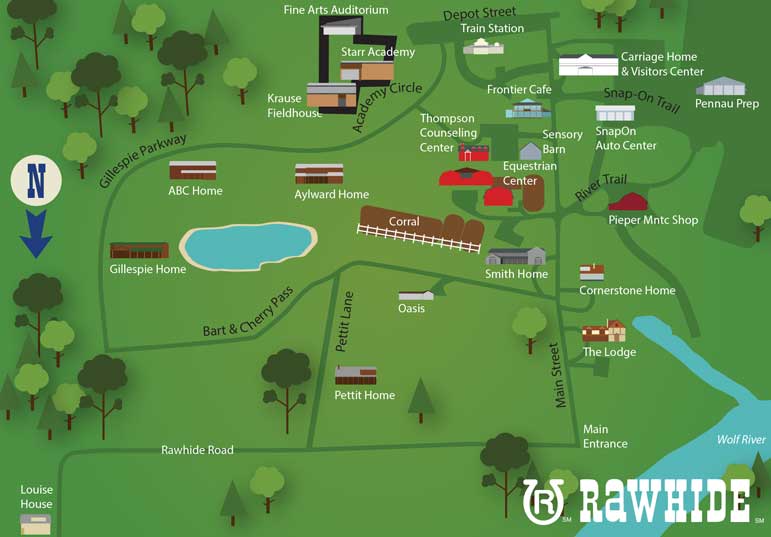Overview
Parents of teenage boys wonder what they did wrong when their sons fail in school, pick the wrong friends and cause the police to come to the door.
The challenges of raising youth are not new, and with the growing lack of respect for authority, they are getting worse. That is why the story of Rawhide Boys Ranch, one of the most successful juvenile rehabilitation centers in the country, is so timely. John and Jan Gillespie’s philosophy of tough love and gentle guidance has redirected the lives of hundreds of teenage boys.
Their book, Our 351 Sons; Developing Character, Leadership and Respect through Serving Others, recalls the lessons gained in their 35 years of managing Rawhide. The Ranch has become a Wisconsin landmark and an example for youth rehabilitation programs nationwide. Yet, for all its success, it has always maintained the same personal and caring approach, … in John’s words, “to look for the qualities hidden within a boy’s heart and provide him with the confidence and motivation to reach his potential.”
Starting at their dining room table, John and Jan influenced the lives of wayward youths through love and common-sense rules. Food was not passed without a “please”. The boys did their assigned chores as soon as they came home from school. All the boys had to spend an hour after dinner on their homework. They also had to participate in projects helping others in the surrounding communities. These activities included channeled lessons that would transform the boys’ lives as they received lots of attention and praise for their achievements. They learned from the Rawhide staff and the other boys how to act in an entirely new living situation, where every boy could succeed.





These practical lessons are woven into a personal story that will embrace readers in its warmth. John and Jan barely had a dime to their name when Ray Carlson asked John to visit his 500-acre estate to see if he could hire John’s company to design a subdivision plan for his property. The land was located on the scenic Wolf River and included a magnificent lodge.
When John mentioned offhandedly that it would make a great home for delinquent teenage boys, Carlson instantly offered to sell the estate at half his asking price if it would be used for that purpose. In the weeks to follow, John and Jan were able to meet with Bart Starr, one of the greatest quarterbacks in NFL history, and his wife, Cherry. The Starr’s values and beliefs matched exactly with the plan the Gillespies outlined, and they gave their instant support.
Their abiding partnership would help Rawhide through its ups-and-downs for the next 50 years. Then, as now, the boys sent to the ranch had a wide range of backgrounds, from very troubled to seriously delinquent, and usually coming from dysfunctional homes, without fathers. At Rawhide they experienced how a family can live together, eat together and work together. They learned how to respect and encourage each other and most importantly, the gratification that comes from serving others.
Hundreds of alumni have carried these values throughout their lives as responsible husbands, parents and citizens. John and Jan have maintained close contact with dozens of the boys who lived with them for months or years.
All the boys were assigned duties, from cleaning-up after dinner to taking care of the stable of horses, grounds maintenance, and even construction of new buildings. Over time, with donations of lumber from old barns, an entire village was built, including additional youth homes. This enabled John and Jan to take in more boys, each living in small family groups with house parents and support staff.
As Rawhide expanded, the boys would receive many types of practical training. Rawhide launched the first national appeal for donated cars, to be repaired and resold for ranch income. Mechanics were hired, and a state-of-the-art auto repair shop and an auction building were erected. Within three years the ranch was receiving 5,000 cars, trucks, campers and boats annually. All were sold at dealer-only auctions .
A later addition to the ranch was Starr Academy. Because many of the boys were often a year or more behind their classmates, a program was developed so they could be taught in small classes in order to catch up. They alternate, two weeks of schooling with two weeks of on-the-job training. That program was so succssful, the local school district started sending their at-risk students to the Academy.





A program called About Face was offered which has a military structure and appearance but no weapons or hazing, organized in teams of ten boys with staff assistance, they perform community projects. The boys learn teamwork, work ethics and obedience as they work on disaster cleanup, maintenance of parks and helping build Habitat for Humanity homes.
Serving community needs was important at Rawhide from the beginning. There was no fire department in the township, so with John’s fire training and experience, the ranch set one up. Local fire departments and the Pierce Fire Equipment Company donated close to $250,000 of trucks and equipment. Under strict safety rules the ranch staff and boys responded to a few dozen fire calls annually. That fit with the Rawhide plan to give boys responsibilities and experience in serving others, which was unusual for their age.
Tough love, mutual respect, traditional family values, learning to accept authority, and especially serving others are some of the ingredients that make up the Rawhide experience. Yet this is more than a laundry list of good parenting ideas. At the heart of the book are the individual stories of how young men turned their lives around. In one example after another, the boys who came to Rawhide have discovered the potential of their lives. It is the blend of the struggles, victories, and humor in this book that will make Our 351 Sons a sure-fire hit among a wide range of readers.
Rawhide Ranch Buildings
